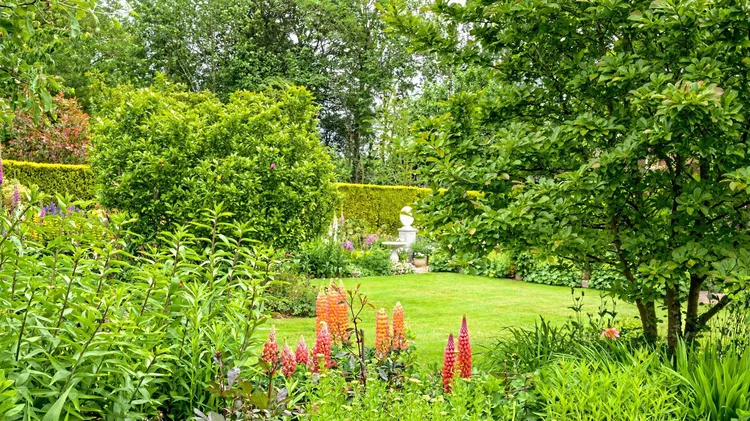East Ruston Old Vicarage in Norfolk has just celebrated its Golden Jubilee. Ala
Heavenon earth
6 min read
This article is from...
Read this article and 8000+ more magazines and newspapers on Readly






